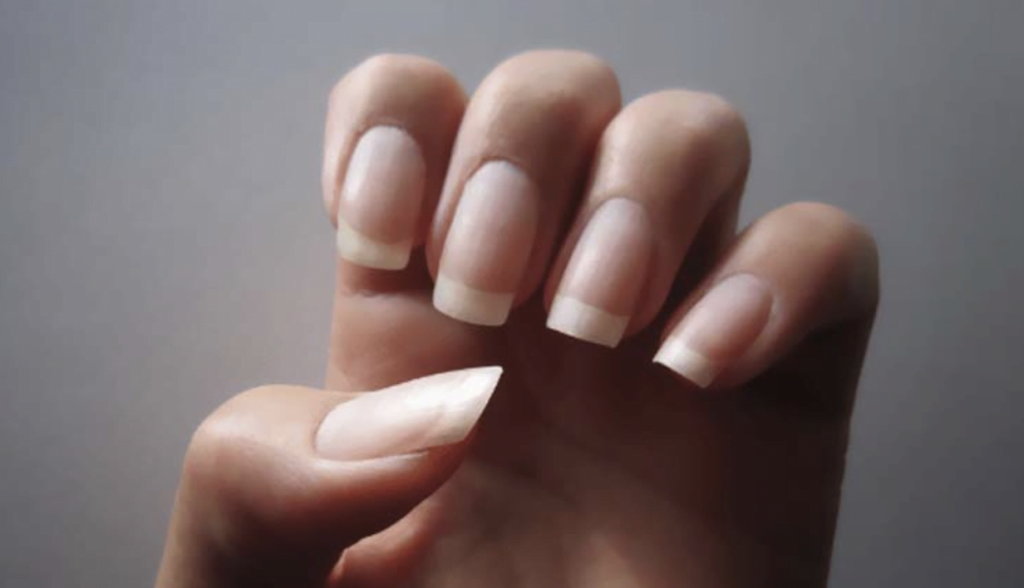Your nails can are sensitive to environmental factors and physiological changes throughout life. As with your hair, the importance of a healthy diet for healthy nails is so essential that it’s difficult to exaggerate.

Here are three non-nutritional causes of unhealthy nail changes.
Getting older
It’s common to notice changes to your hair and nails as you get older. Many of these changes are harmless signs of ageing. Nail appearance can change with age, becoming duller, brittle, and even translucent. And nail texture may also change, becoming harder or thicker — especially toenails. However, it’s a good practice to monitor your nails for any significant changes, just like you would your hair, skin, moles, and freckles.
Too much or too little moisture
The appearance of your nails can change depending on environmental factors. Onychoschizia is a common condition in which nails split and is more common among women. Nails can become dry and brittle if they lack moisture or become soft and brittle if they have too much. The most common cause of these changes is repeated wetting and drying of the hands, like frequent hand-washing or household cleaning products. Some people find that wearing rubber gloves when cleaning, using lotions that contain alpha-hydroxy acids, or taking biotin can help, though these positive reports are anecdotal.
Using nail polish or fake nails
Just as frequent visits to the hair salon can cause hair changes, excessive nail products can do the same to your nails. Nail polish is probably the most widely used nail treatment for all ages, and its chemistry has changed significantly over the years. For instance, many nail polish companies are making longer-lasting and no-chip formulas. But some sources suggest that while these are more durable, they come with risks that can impact nail health if you use them a lot. Gel nail polish requires a removal system that can damage your nails. And wearing it for a long time can cause severe nail brittleness. The powdered polish also requires a removal process, like an electric file, that may damage the nail bed and cuticle. Additionally, some nail polishes contain formaldehyde, which (in addition to being a carcinogen) can cause brittle nails.
Here are a few ways you can strengthen your nails to prevent breakage
Practice good hygiene.
To help prevent nail infections and the spread of germs, keep your nails cut short and filed, practice hand-washing. That includes scrubbing underneath your nails, avoid biting your nails and sterilize your nail tools before using them.
Don’t smoke.
Smoking isn’t just a bad idea for your lungs. Cigarettes can cause visible yellowing of your nails, as well as make them brittle.
Non-Toxic Polish
As for your nails, if you wear nail polish, consider choosing traditional nail polishes that are easier to remove with less harsh chemical applications, or even better, non-toxic nail polishes (particularly if you’re pregnant or nursing). Non-toxic nail polishes are identifiable by phrases like “3-free” or “10-free” on the bottle. These terms mean that the nail polishes do not contain certain chemicals and additives. The higher the number, the more common toxic chemicals out of the ingredients.
Natural Oils
Cuticle creams and other nail care products may also include beneficial oils and ingredients, including jojoba oil and vitamin E.
Last but NOT least
Hydrate and eat a nutrient-rich diet. What you eat and drink has an impact on the health of your nails. Eating a diet based predominantly on whole plant foods fuels your body with vitamins, minerals, fibre, and antioxidants that work from the inside out to support your health (more on that in a moment).
Comments are closed.